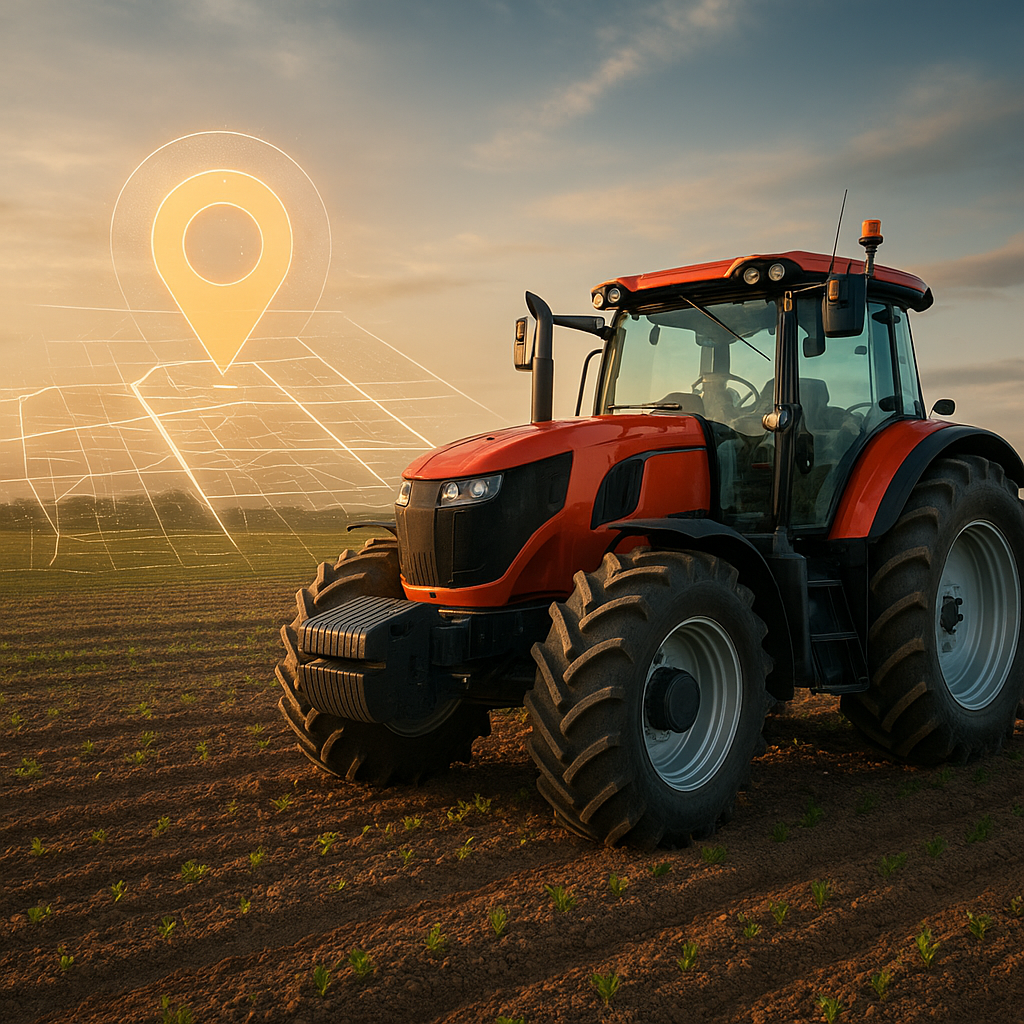Common tractor problems can hinder productivity and lead to costly repairs if not addressed promptly. Understanding these issues and knowing how to fix them is essential for any tractor owner or operator. This article will explore some of the most frequent problems encountered with tractors, along with practical solutions to keep them running smoothly.
Understanding Common Tractor Issues
Tractors are robust machines designed to handle a variety of agricultural tasks. However, like any mechanical equipment, they are prone to certain issues that can affect their performance. Identifying these problems early can save time and money. Here are some of the most common tractor problems:
- Engine Overheating: One of the most critical issues a tractor can face is engine overheating. This can be caused by low coolant levels, a malfunctioning thermostat, or a blocked radiator.
- Starting Problems: Difficulty starting the tractor can stem from a weak battery, faulty ignition system, or fuel delivery issues.
- Transmission Issues: Problems with the transmission can manifest as slipping gears, difficulty shifting, or unusual noises while operating.
- Hydraulic System Failures: The hydraulic system is vital for many tractor functions. Common issues include leaks, slow operation, or complete failure of hydraulic components.
- Electrical Failures: Electrical problems can range from blown fuses to faulty wiring, affecting various systems within the tractor.
Diagnosing and Fixing Tractor Problems
Once you have identified a problem with your tractor, the next step is diagnosing the issue accurately. Here are some common problems and their solutions:
Engine Overheating
Engine overheating can lead to severe damage if not addressed quickly. To diagnose this issue, check the coolant level and inspect for leaks in the cooling system. If the coolant is low, refill it with the appropriate mixture of water and antifreeze. If the problem persists, consider the following:
- Thermostat Replacement: A malfunctioning thermostat can prevent coolant from circulating properly. Replacing it is often a straightforward fix.
- Radiator Cleaning: A blocked radiator can restrict airflow. Cleaning the radiator fins and ensuring there are no obstructions can help improve cooling efficiency.
- Water Pump Inspection: If the water pump is not functioning correctly, it may need to be repaired or replaced.
Starting Problems
If your tractor struggles to start, begin by checking the battery. Ensure it is fully charged and the terminals are clean and tight. If the battery is in good condition, investigate the following:
- Ignition System: Inspect the ignition switch, starter motor, and solenoid for any signs of wear or damage.
- Fuel System: Ensure that fuel is reaching the engine. Check for clogged fuel filters or issues with the fuel pump.
Transmission Issues
Transmission problems can be complex and may require professional assistance. However, some basic checks can be performed:
- Fluid Levels: Check the transmission fluid level and condition. Low or dirty fluid can cause shifting problems.
- Linkage Inspection: Inspect the linkage for any signs of wear or misalignment that could affect gear shifting.
Hydraulic System Failures
Hydraulic issues can significantly impact the tractor’s performance. To troubleshoot:
- Check for Leaks: Inspect hoses and connections for any signs of hydraulic fluid leaks.
- Fluid Quality: Ensure that the hydraulic fluid is clean and at the proper level. Contaminated fluid can lead to system failures.
Electrical Failures
Electrical problems can be tricky to diagnose. Start by checking:
- Fuses: Inspect all fuses and replace any that are blown.
- Wiring: Look for frayed or damaged wires that could cause shorts or interruptions in power.
Preventive Maintenance Tips
Preventive maintenance is key to avoiding many common tractor problems. Here are some tips to keep your tractor in top condition:
- Regular Inspections: Conduct routine inspections of all systems, including the engine, transmission, and hydraulic systems.
- Fluid Changes: Change engine oil, hydraulic fluid, and coolant at recommended intervals to ensure optimal performance.
- Keep It Clean: Regularly clean the tractor to prevent dirt and debris from causing mechanical issues.
- Follow Manufacturer Guidelines: Always adhere to the manufacturer’s maintenance schedule and recommendations for your specific tractor model.
Conclusion
Understanding common tractor problems and their solutions is essential for maintaining productivity and extending the life of your equipment. By diagnosing issues early and performing regular maintenance, you can minimize downtime and avoid costly repairs. Whether you are a seasoned farmer or a new tractor owner, being proactive about your tractor’s health will pay off in the long run.



